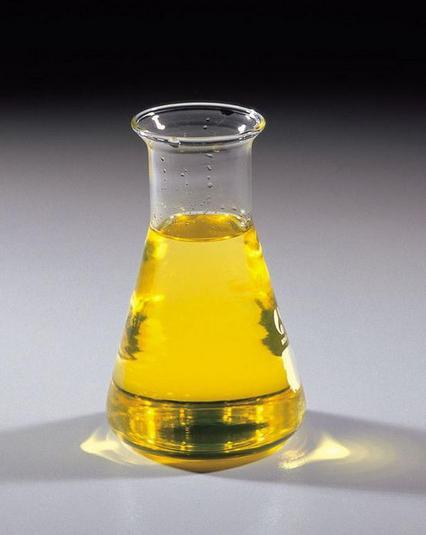Dispersant is also called wetting and dispersing agent. On the one hand, it has wetting effect, on the other hand, one end of its active group can be adsorbed on the surface of pigment crushed into fine particles, and the other end is solventized into the base material to form adsorption layer (the more adsorption groups, the longer the chain link, the thicker the adsorption layer) to produce charge repulsion (water-based paint) or entropy repulsion (solvent-based paint), so that the pigment particles can be dispersed and suspended in the paint for a long time to avoid flocculation again. This ensures the storage stability of the paint system.

Commonly used types of dispersants.
1.Anionic wetting and dispersing agent
Most of them are composed of non-polar, negatively charged hydrocarbon chain and polar hydrophilic group. The two groups are at the two ends of the molecule, forming an asymmetric hydrophilic and oleophilic molecular structure. Its varieties are: sodium oleate C17H33COONa, carboxylate, sulfate (R-O-SO3Na), sulfonate (R-SO3Na), etc. The compatibility of anionic dispersants is good, and polycarboxylic acid polymers, etc. can also be applied to solvent-based coatings and widely used as controlled flocculation-type dispersants.
2.Cationic wetting and dispersing agent
They are non-polar base positively charged compounds, mainly amine salts, quaternary amine salts, pyridinium salts, etc. Cationic surfactants have strong adsorption power and have better dispersion effect on carbon black, various iron oxides and organic pigments, but it should be noted that they react chemically with the carboxyl group in the base material, and also note that they should not be used simultaneously with anionic dispersants.
3.Controlled free radical type hyperdispersant
Second, the role of dispersant
1.Improve the gloss and increase the leveling effect.
2.Prevent floating color and flowering.
3.Improve coloring power.
4.Reduce viscosity and increase pigment loading.
5.Reduce flocculation, increase constructability and usability.
6.Prevent recoarse and increase storage stability.
7.Increase color spreading and color saturation.
8.Increase transparency or covering power.
9.Improve grinding efficiency and reduce production cost.
10.Prevent settling.

Post time: Aug-15-2022




